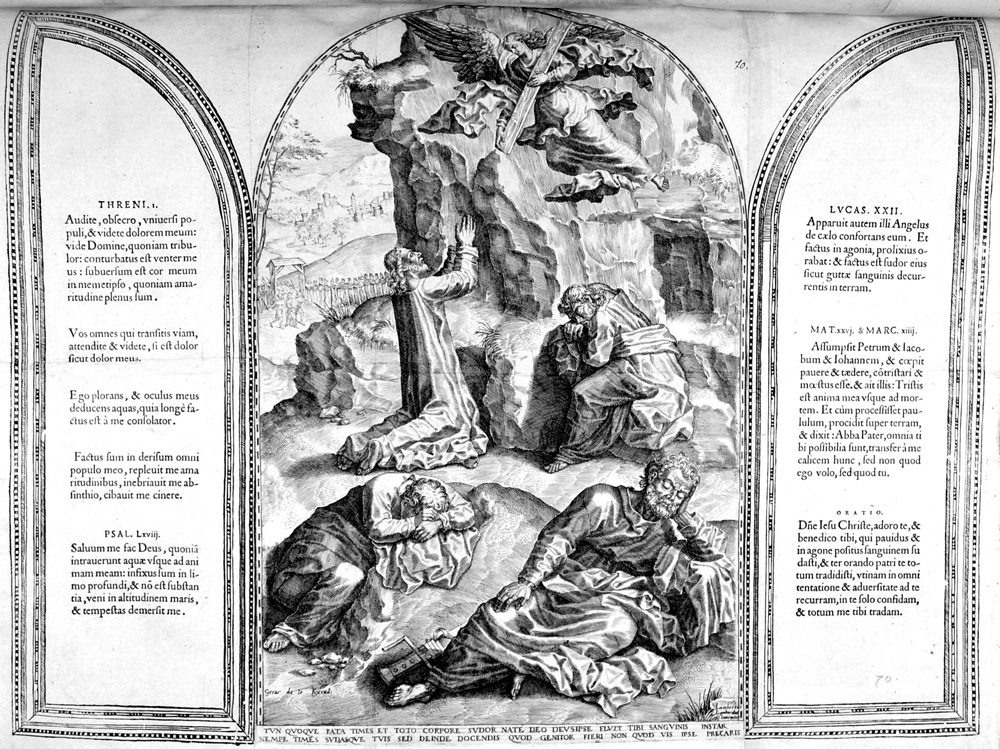The De Jode dynasty, Part III

Gerard de Jode (1516/17-1591) and Cornelis de Jode (1571-1600)
A substantial part of prints published by Gerard de Jode has been included in previous New Hollstein volumes on individual engravers and designers. However, recent focus in print research on publishers’ stocks of plates has shown that important new insights can be made from the study of a publisher’s entire fund. The present research of Gerard de Jode as a printmaker has tripled the number of prints attributed to him in Hollstein (vol. IX, pp. 200-202) to c.1250, a number that comes much closer than was previously known to the output of Hieronymus Cock’s contemporary publishing firm Aux quatre Vents, estimated to have contained c.1600 plates. The fact that Gerard de Jode therefore can be regarded as the second most succesful Antwerp print publisher of the mid-16th century justifies the revised and improved publication of all prints issued by him, including his entire picture bible (the Thesaurus) and atlas (the Speculum Orbis Terrarum). The present volumes are based in part on unpublished research, conducted by Peter van der Coelen and Chris Schuckman during the 1990s. Recent research by the compiler, Marjolein Leesberg, resulted in the addition of several previously undescribed prints, often found in a single impression only. A complete overview of De Jode’s stock sheds new light on De Jode’s working methods, his connections, and on how political, commercial and aesthetic changes influenced his output. The De Jode publishing firm was continued after 1591 by Gerard de Jode’s widow, Passchijnke van Gelre, and his son Cornelis. The latter was an engraver but also a surveyer and cartographer. In this capacity he re-issued his father’s atlas, with the changed title of Speculum Orbis Terrae, to which he added several new or updated maps. Cornelis de Jode also published a booklet on surveyer’s instruments in 1594, in Nuremberg. From documents it was known that both Gerard and Cornelis de Jode made prints meant for terrestial and heavenly globes. A unique series of gores for a large terrestial globe has been attributed to Gerard de Jode. Recently a terrestial globe by Cornelis de Jode has surfaced. Besides the cartographic works, five more plates were traced with the excudit of Cornelis de Jode, proving that he did continue the family firm’s stock of plates.
Volume III: Gerard de Jode (continued)
Published in 2018
Compiler: Marjolein Leesberg
Editor: Peter van der Coelen
ISBN: 978-94-91539-51-0
366 pp.

